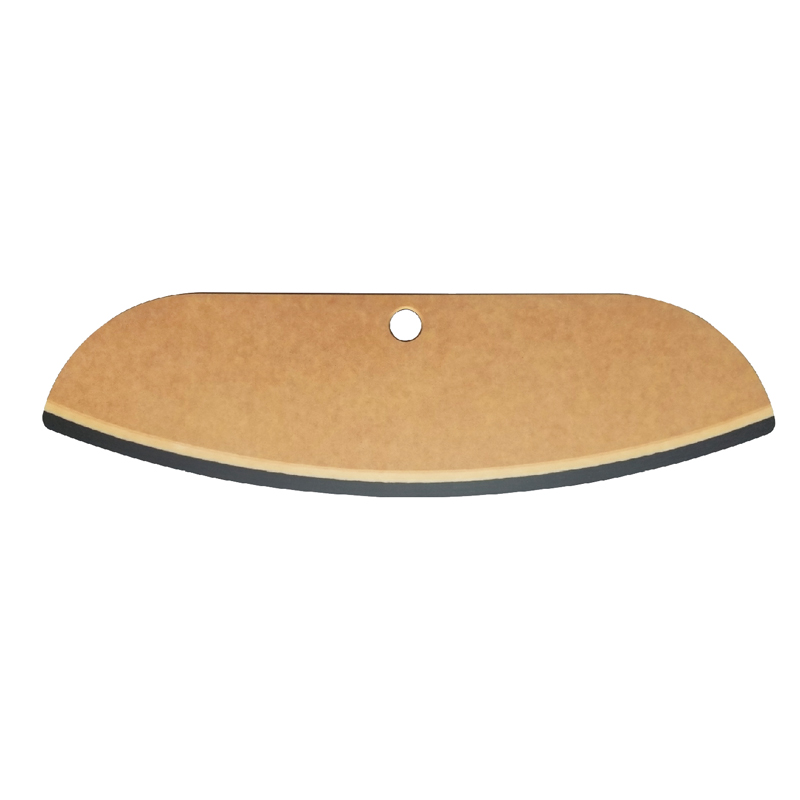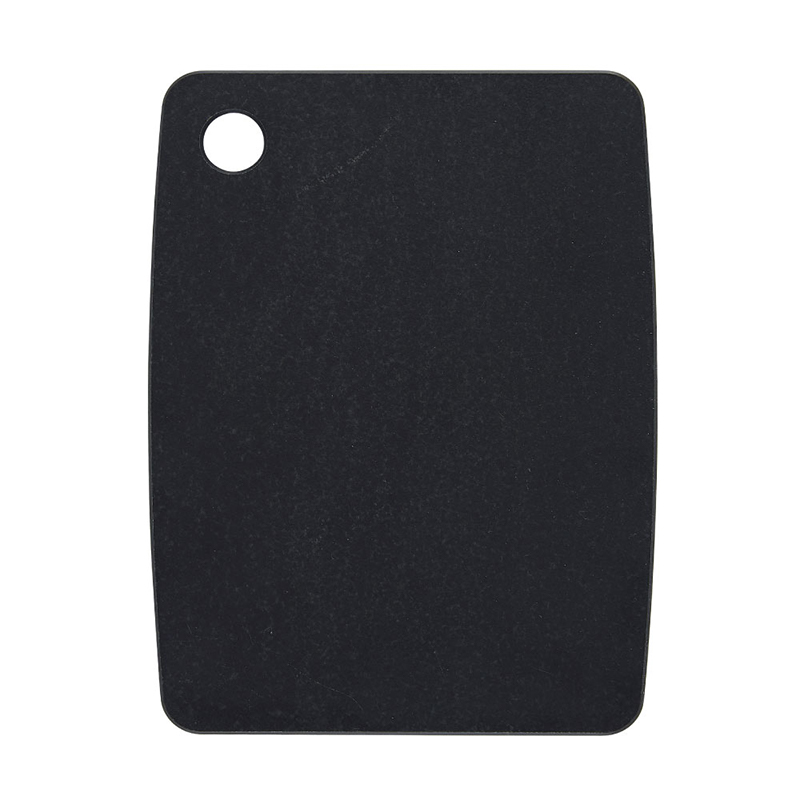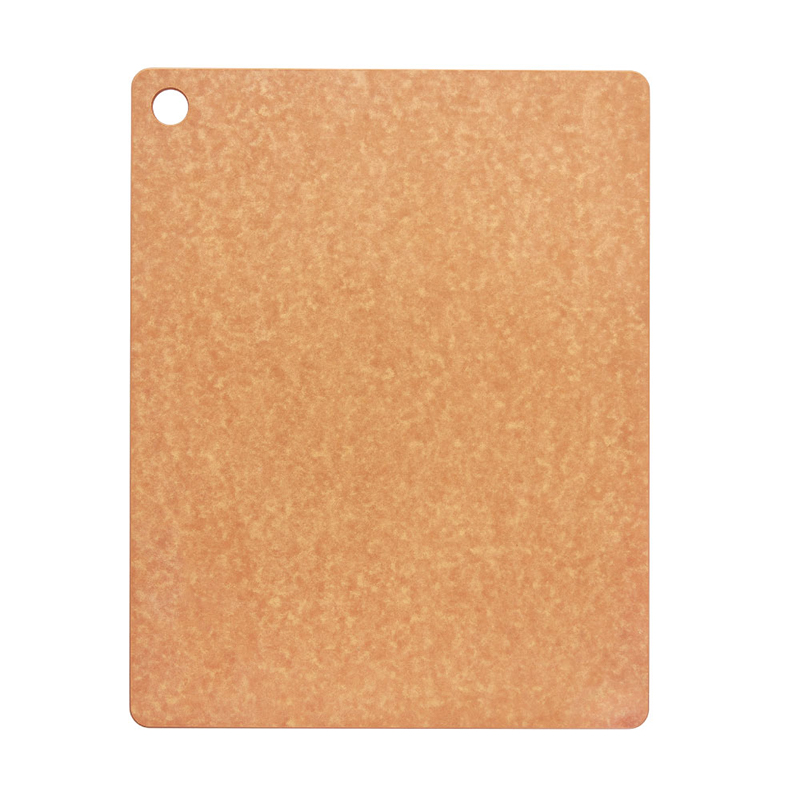-
Wooden Fiber Cutter Market Insights for Global Pizza Tool Manufacturers
In the evolving kitchenware export industry, the Wooden Fiber Cutter has become a highlight among pizza accessories that combine durability, sustainability, and user comfort. As pizza culture spreads through restaurants and home kitchens, factories and importers are taking a closer look at how different cutting materials influence product efficiency and overall market acceptance. But what makes this specific cutter stand out compared to traditional stainless-steel wheels or plastic slicers?

Wooden Fiber Cutter Material Advantage in Pizza Cutting
A key appeal of the wooden-fiber structure lies in its unique balance between strength and lightness. Compared to stainless steel, which can feel heavier and sometimes scratch delicate non-stick pizza boards, the composite fibre cutter maintains a sturdy edge while weighing about 20 to 30 percent less. Tests show that wooden-fiber models average a 0.18 kg net weight per piece, while metal equivalents typically reach 0.24 kg. This lighter design improves handling during fast pizza slicing and also reduces bulk shipping costs—a vital factor for large-scale export orders.
When compared against plastic pizza cutters, the wooden-fiber type performs better in edge retention. Trials indicate that fibre blades keep a sharp edge through roughly 1 200 pizza slices before dulling, while standard plastic models begin to lose efficiency after 850 cuts.
Wooden Fiber Cutter Production Data and Export Readiness
From a manufacturing perspective, composite fibre is processed through precise mould compression and heat curing. This structure allows consistent shape control, ensuring dimensional accuracy within ± 0.2 mm. In comparison, bamboo or wooden-handled cutters often vary up to ± 0.5 mm due to moisture sensitivity during production. For global buyers focused on large volume procurement, that difference directly reduces post-delivery inspection time and reject rates.
A mid-sized export factory producing 500 000 units annually reported a material waste rate of 6 percent for wooden-fiber components versus 10 percent for bamboo designs. Over one production cycle, that translates into about 20 000 additional saleable units. Energy efficiency also improves; fibre-based cutters require shorter mould-heating cycles—approximately 40 seconds compared to 55 seconds for metal casting—helping plants manage energy expenses.
Wooden Fiber Cutter in Global Market Comparison
In 2024, the global pizza-tool export volume surpassed USD 620 million, and composite materials accounted for around 18 percent of total shipments. Market forecasts suggest that demand for lightweight, eco-focused kitchen tools will keep increasing. Among exporters surveyed, 64 percent of buyers favored products that deliver both heat resistance and renewable-material benefits. That trend places the wooden-fiber cutter among the promising options in the mid-price segment, competing strongly against stainless-steel wheel designs that dominate nearly 50 percent of the segment.
For buyers, this shift signals a market opportunity to introduce tools that are efficient in both production and logistics. The balance between aesthetic appeal and consistent slicing precision helps attract distributors that serve restaurant suppliers and online retail channels.
Conclusion
From pizza parlors to international trade fairs, the Wooden Fiber Cutter demonstrates how innovation in material science meets growing demand for eco-efficient kitchenware. Factories adopting composite technology can achieve higher yield, lighter shipment weight, and better performance consistency compared to metal, plastic, or bamboo alternatives. For importers and global distributors seeking dependable, visually appealing pizza cutters, the wooden-fiber model delivers measurable advantages in production control and market value.

 日本語
日本語 English
English 中文简体
中文简体





